Article Summary: National Parks Near Wichita
National Parks near Wichita. You don’t need to be a lineman for the county to enjoy these amazing attractions. In this article, More Than Just Parks takes you to five incredible national park sites that are within a day’s drive of Wichita.
I’ve been to so many of these amazing places since retiring from teaching in 2018. Did I mention that I taught history? I spent a lifetime teaching about the history behind these momentous sites. Then I got to see them firsthand. And now I’m sharing the stories of these incredible places with you. It doesn’t get any better than that!
Wichita is known as the “Air Capital of the World.” Wichita is the birthplace of Pizza Hut and White Castle fast-food chains. A.A. Hyde discovered Mentholatum in 1894 in the current The Spice Merchant & Company building.
But it’s also home to some amazing national parks which are within a day’s drive (or less) of the city.
So, What Is A National Park?
We get asked that question a lot because there’s a difference between a “national park” and a “national park site.” To help you understand that difference you might want to check out our article titled: What Is A National Park Really?
Now let’s go ahead with 5 reasons why you’ll want to hop in your car and make a day’s drive from Wichita to one of these truly fabulous places.
Table Of Contents: National Parks Near Wichita
Best National Parks Near Wichita
1. Brown V. Board Of Education National Historic Site
Distance From Wichita: Two hours via I-35 N & I-335 N.
I retired as a teacher so that I could join my two sons on an incredible adventure bringing America’s national treasures to life.
Brown v. Board of Education of Topeka was a landmark Supreme Court decision. Handed down on May 17, 1954, the Court’s unanimous decision stated that “separate educational facilities are inherently unequal.”
Since I’m a retired history teacher I’m glad to provide a short history lesson. The case originated in 1951.
The local public school district in Topeka, Kansas, following a widespread practice known as “segregation” or “separate but equal,” refused to enroll the daughter of a local black resident at the school closest to their home.
Oliver Brown’s daughter was instead required to ride a bus to a segregated black elementary school farther away.
Thurgood Marshall
The Browns and twelve other local black families filed a class-action lawsuit claiming that the practice of “separate but equal” was unconstitutional.
Overturning an 1896 Supreme Court decision (Plessy v Ferguson) which had ruled that racial segregation was not in itself a violation of the Fourteenth Amendment’s Equal Protection Clause, the Court ruled it was unconstitutional.
Not only that, but led by attorney Thurgood Marshall, the plaintiffs were able to successfully argue that “separate but equal” was inherently unequal.
“Where you see wrong or inequality or injustice, speak out, because this is your country. This is your democracy. Make it. Protect it. Pass it on.”
-Thurgood Marshall
Take A Deeper Dive
Believe it or not, I was one of those guys who sat in class taking notes and, when the professor threw out the name of what sounded like an interesting book, I not only wrote it down, I went out and purchased it. Yes, I am that guy which is why I ended up teaching history.
There’s a wonderful book about the landmark Supreme Court decision. Written by Richard Kluger, it’s titled Simple Justice: The History of Brown v. Board of Education and Black America’s Struggle for Equality. It’s a modern classic!
RELATED: 10 BEST CIVIL RIGHTS SITES IN AMERICA
Today It’s A National Historic Site
Monroe Elementary School was one of the four segregated elementary schools for black children in Topeka. The restored school was purchased by the National Park Service and reopened in 2004 as a National Historic Site.
Visitors will find exhibits, films, interactive activities as well as interpretive programs led by National Park Service staff. It’s open daily 9 a.m.-5 p.m., except on Thanksgiving, Christmas and New Year’s Day.
Check Out: 20 BEST Black History Sites In America For You To Visit
2. Fort Larned National Historic Site
Distance From Wichita: Two hours & 7 minutes via KS-96 W.
Fort Larned was built to protect travelers using overland trade routes such as the Santa Fe Trail.
As tensions rose between the native peoples who had once roamed these lands freely and those who were increasingly restricting them from doing so, it became necessary to provide military outposts as a means of protecting both commerce and settlers.
This particular fort has quite an interesting history. Built in October of 1859, the fort’s mission was “to protect and maintain peaceful relations with everyone on the trail.” It was initially called “Camp on Pawnee Fork.” Later, it became “Camp Alert.”
Benjamin R. Larned
Named Fort Larned for Col. Benjamin R. Larned, the U.S. Army paymaster, this fort served as one of the most important defense posts along the Santa Fe Trail.
In the 1860s, the federal government replaced the original sod and adobe buildings of this fort with stone and timber buildings.
Today, the fort complex includes nine buildings; a barracks, a post hospital, two company officer’s quarters, commanding officer’s quarters, quartermaster storehouse, the old commissary, the new commissary, and a shops building.
Visitors can take a trip back in time as they explore these interesting buildings and imagine what it was like to live on a western fort in the 19th century.
RELATED: 6 GREAT MISSOURI NATIONAL PARKS
3. Fort Scott National Historic Site
Distance From Wichita: Two hours & 36 minutes via US-400 E & KS-39 E.
Fort Scott was established in 1842. From 1842-53, it was a military fort established to protect the Permanent Indian Frontier. It was from there that soldiers kept peace between white settlers and American Indian tribes, patrolled overland trails and fought in the Mexican-American War.
Within a few years, the fort and its inhabitants were thrust into the conflict which became the Civil War. Kansas found itself at the forefront of this growing sectional crisis due to the passage of the Kansas-Nebraska Act of 1854.
This act established the territorial boundaries of Kansas and Nebraska and opened the land to legal settlement.
Kansas Became A Battleground
What the act did was to allow the residents of these two territories to decide by popular vote whether their state would be free or slave. This concept of self-determination was called “popular sovereignty.“
Kansas became “ground zero” in this battle as people on both sides of this controversial issue flooded the territory, trying to influence the vote in their favor.
A house divided against itself cannot stand. I believe this government cannot endure, permanently half slave and half free. I do not expect the Union to be dissolved – I do not expect the house to fall – but I do expect it will cease to be divided.”
-Abraham Lincoln
Bleeding Kansas
It became known as “Bleeding Kansas” as violence swept across the state. Abolitionist John Brown and his sons murdered five pro-slavery advocates in May of 1856 at Pottawatomie Creek.
“I have only a short time to live, one death to die, and I will die fighting for this cause. There will be no peace in this land until slavery is done for.”
-John Brown
There are three excellent books on the 1850s battleground which became Kansas. They are:
- Bleeding Kansas: Contested Liberty in the Civil War Era by Nicole Etcheson.
- Bleeding Kansas, Bleeding Missouri: The Long Civil War on the Border by Jonathan Earle.
- War to the Knife: Bleeding Kansas, 1854-1861 by Thomas Goodrich.
Fort Scott Today
It’s estimated that 26,000 visitors come to Fort Scott National Historic Site each year. The site includes 20 historic structures, eleven of these are original buildings, the others are reconstructions built on the original foundations.
While the site is furnished to the 1840s era, the story told at the fort includes the period up to and including the Civil War. And, it’s a truly fascinating story to hear.
If you have never been before then I recommend that you begin your adventure at the visitor center where you will learn about the daily self-guided tours. There’s also a cell phone tour which provides a short narration of each of the buildings.
Guided tours can be arranged, but it’s important to call ahead if you are interested in taking one of those.
RELATED: 10 BEST CIVIL WAR SITES IN AMERICA
More National Parks Near Wichita
4. Nicodemus National Historic Site
Distance From Wichita: Three hours & 20 minutes via I-135 N & KS-18 W.
One group of Americans have tended to be forgotten when it comes to the story of America’s Westward Expansion. During Reconstruction following the Civil War, formerly enslaved African Americans left Kentucky.
They wanted to experience the freedom they had heard about. These people set out for the “Promised Land” of Kansas.
In 1877, the small town of Nicodemus, Kansas, was founded by newly freed slaves. Nicodemus was the first black community west of the Mississippi River. Today, it is the only predominantly black community west of the Mississippi that remains a living community.
A Symbol To The Courage Of African American Settlers
Nicodemus symbolizes the courage of African American settlers who sought better lives, better lands, and better opportunities. They came to the heartland where they believed they could get a fresh start.
“Without a struggle, there can be no progress.”
-Frederick Douglass
An Enduring Monument To African American Westward Migration
Nicodemus is an enduring monument to African American westward migration. Today, visitors can take a self guided or a ranger guided tour to see the exteriors of some of the historic buildings documenting what black settlers accomplished.
These buildings include: the St. Francis Hotel, the AME Church, the First Baptist Church, the Nicodemus School District No. 1 building, and the Nicodemus Township Hall.
The Nicodemus Township Hall is the visitors center. It’s a great place to start your visit. It offers exhibits, short videos, and the opportunity to learn about the history of this town and of pioneering African Americans in the West.
Some of the descendants of the original settlers still live in Nicodemus.
RELATED: LIST OF 128 NATIONAL MONUMENTS RANKED
5. Tallgrass Prairie National Preserve
Distance From Wichita: One hour & 15 minutes via I-35 N & US-50 E.
Once upon a time, tallgrass prairie once covered roughly 170 million acres of North America. It was the continent’s largest continuous ecosystem. It supported a huge quantity of plants and animals.
Of course, with the settlement of America, farmers discovered that prairie soils are outstanding for crop production. So, they plowed the prairie lands into oblivion for the production of wheat, corn and other crops.
What Tallgrass Remains
Today most of these grasslands are gone. What remains, however, located in the Flint Hills region of Kansas, is the Tallgrass Prairie National Preserve. It protects a small portion of these grasslands. It’s one of the rarest and most endangered ecosystems in the world.
The Tallgrass Prairie National Preserve was created by legislation passed on November 12, 1996. It created the 10,894 acre preserve to protect a sample of what was once a vast tallgrass prairie ecosystem.
Stephen F. Jones & Enclosed Ranching
In addition to experiencing these magnificent tallgrasses, visitors can tour a restoration of cattleman Stephen F. Jones‘ ranch called Spring Hill Farm and Stock Ranch.
Stephen F. Jones was a pioneer in what was called “enclosed ranching” whereby cattle movements are limited by stone walls, fences or barbed wire. Because of his leadership, grasslands which would have otherwise been decimated were saved instead.
A National Historical Landmark District
In 1997, the Jones Ranch was designated a National Historical Landmark District. Today visitors can take tours of his 1881 limestone Second Empire house, the three-story limestone barn, and other outbuildings.
And, while you’re in town, I recommend you take a drive along the 47-miles of the Flint Hills National Scenic Byway on K-177. You’ll marvel at the breathtaking scenery. Just imagine a time when it covered 170 million acres of North America.
CHECK OUT: LIST OF 128 BEST U.S. MONUMENTS RANKED
National Parks Near Wichita FAQ
The state is home to 8 National Parks sites, including sections of several historic trails, parks, sites and a preserve. Those interested in the Civil Rights Movement should check out the Brown v. Board of Education National Historic Park.
Wichita is known as the “Air Capital of the World.” Wichita is the birthplace of Pizza Hut and White Castle fast-food chains. A.A. Hyde discovered Mentholatum in 1894 in the current The Spice Merchant & Company building.
Why Trust Us About National Parks Near Wichita?
We’re Jim Pattiz and Will Pattiz, collectively known as the Pattiz Brothers (and sometimes the Parks Brothers) and we absolutely LOVE the national parks.
You should probably know that we don’t just make this stuff up out of thin air. We’ve spent our entire adult lives exploring and filming America’s national parks and public lands.
We’ve worked with the National Park Service, the Department of Interior, USDA, and the U.S. Forest Service for years creating films on important places and issues. Our work has been featured in leading publications all over the world and even some people outside of our immediate family call us experts on the national parks.
Meet The Parks Brothers
Map Of National Parks Near Wichita
List Of National Parks Near Wichita
- Brown V. Board Of Education National Historic Site
- Fort Larned National Historic Site
- Fort Scott National Historic Site
- Nicodemus National Historic Site
- Tallgrass Prairie National Preserve
We Hope You’ll Follow Our Journey
Our goal here at More Than Just Parks is to share the beauty of America’s national parks and public lands through stunning short films in an effort to get Americans and the world to see the true value in land conservation.
We hope you’ll follow our journey through the parks and help us to keep them the incredible places that they are. If you’re interested in joining the adventure then please sign up below!
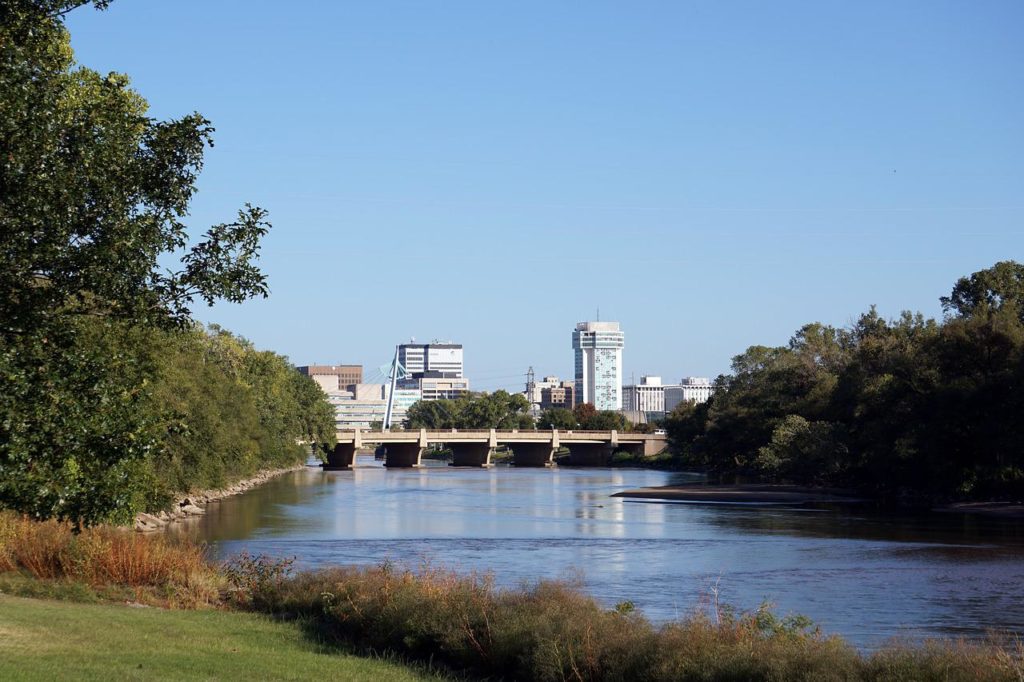
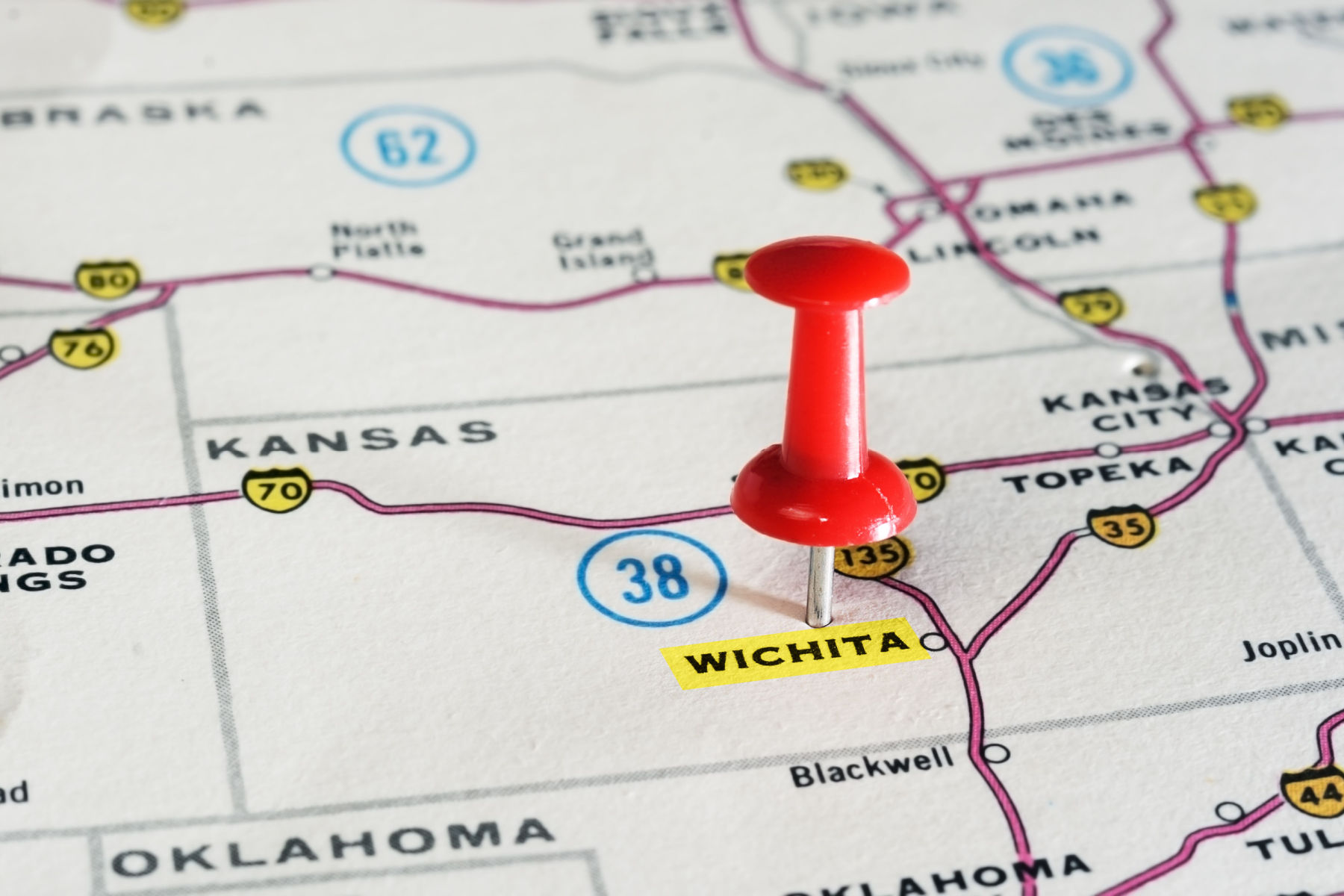
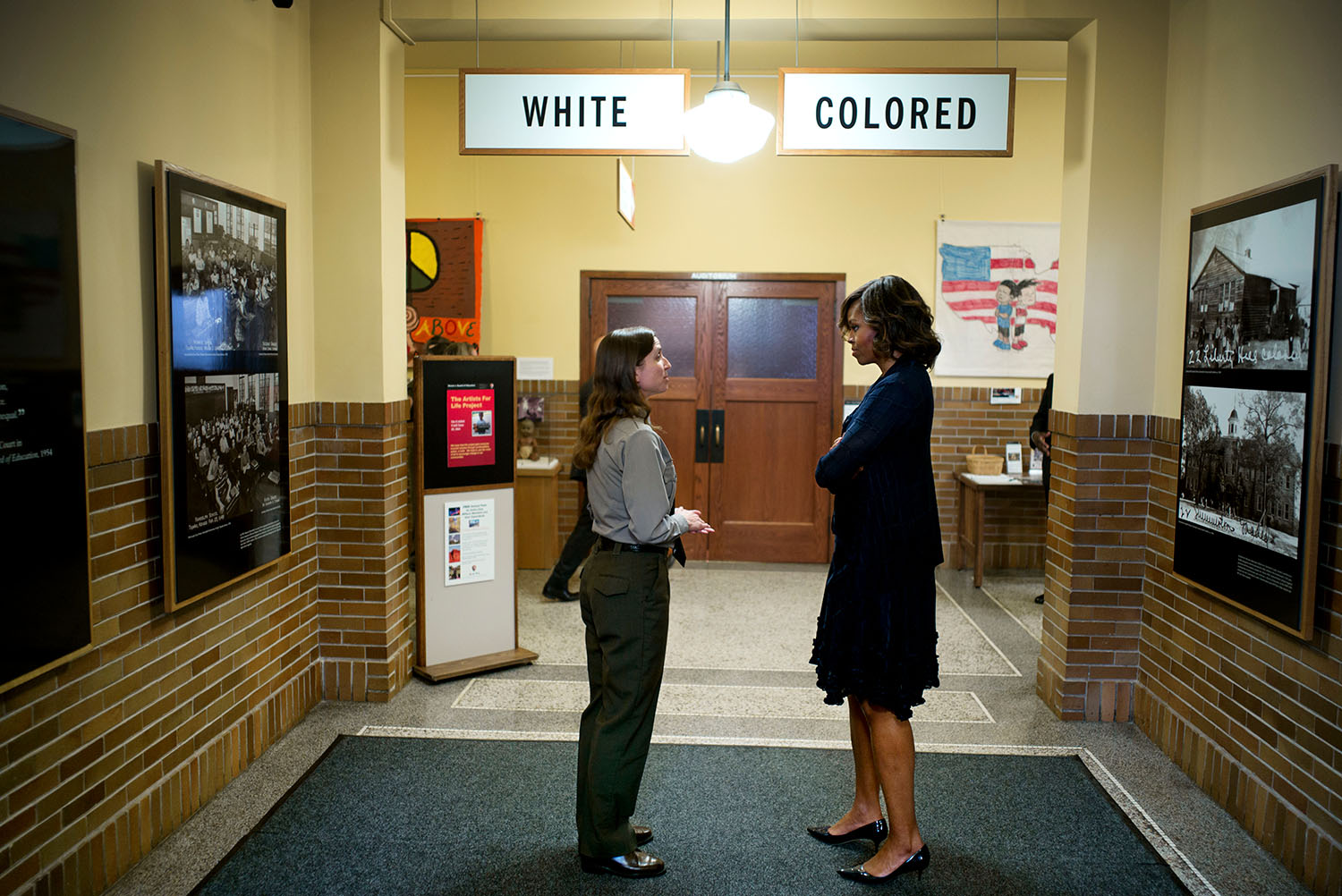

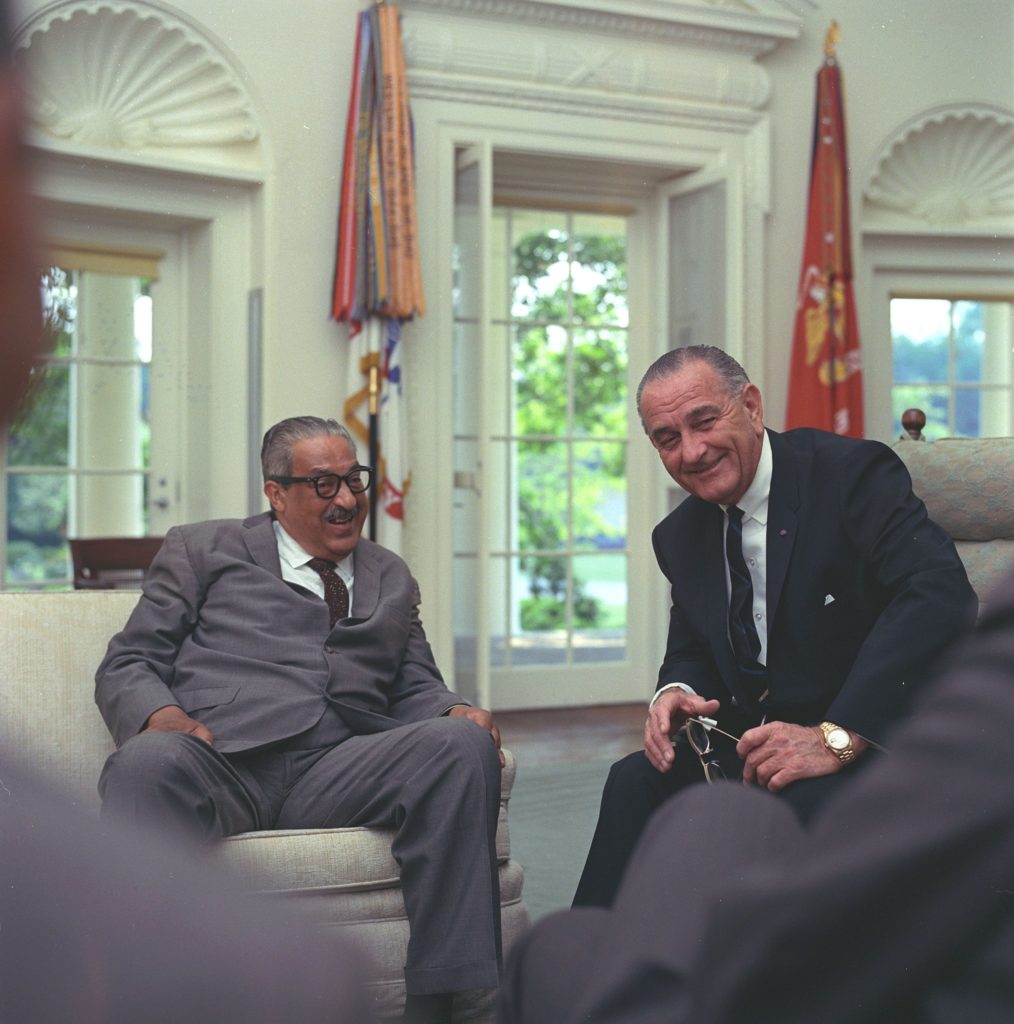
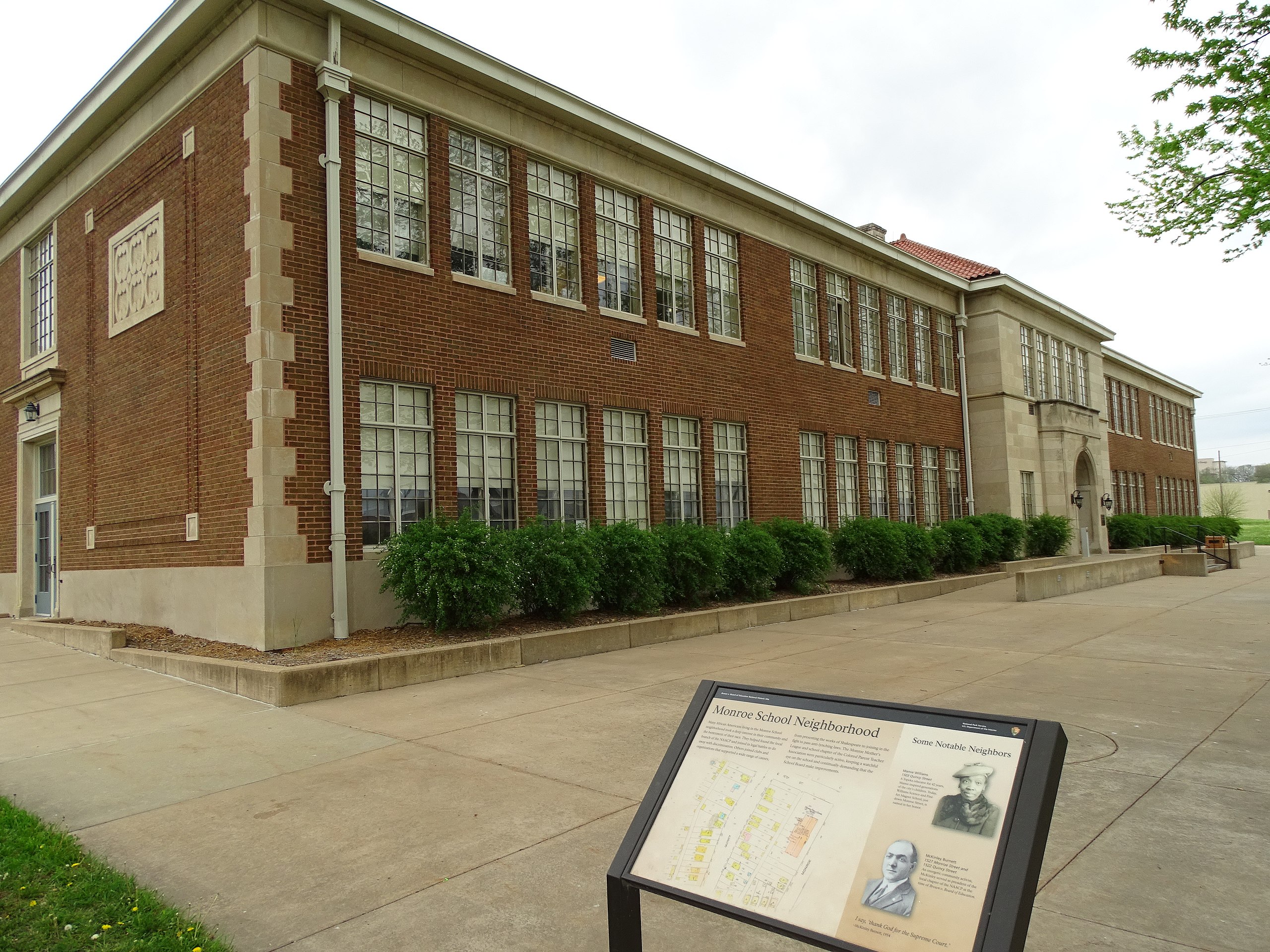
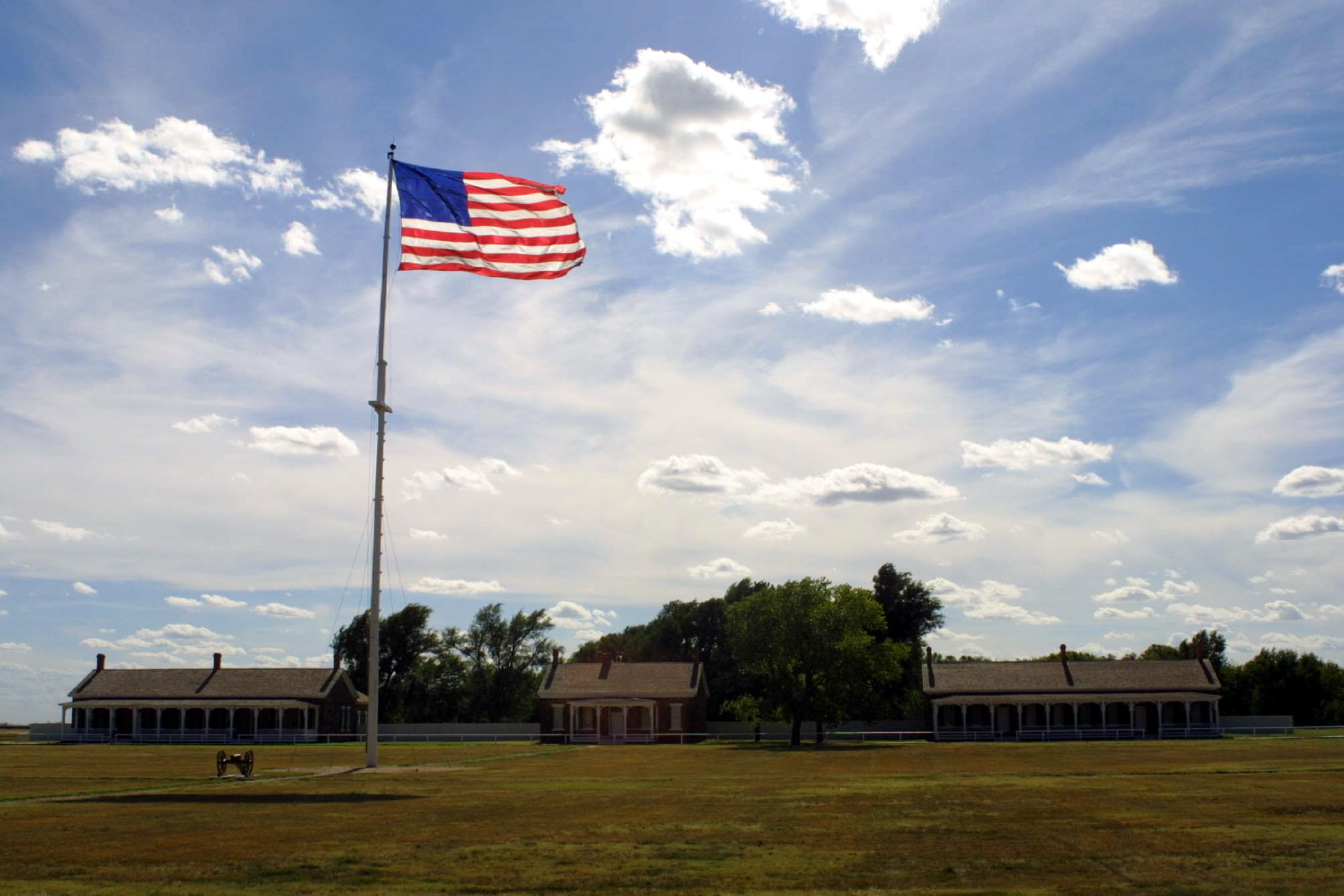
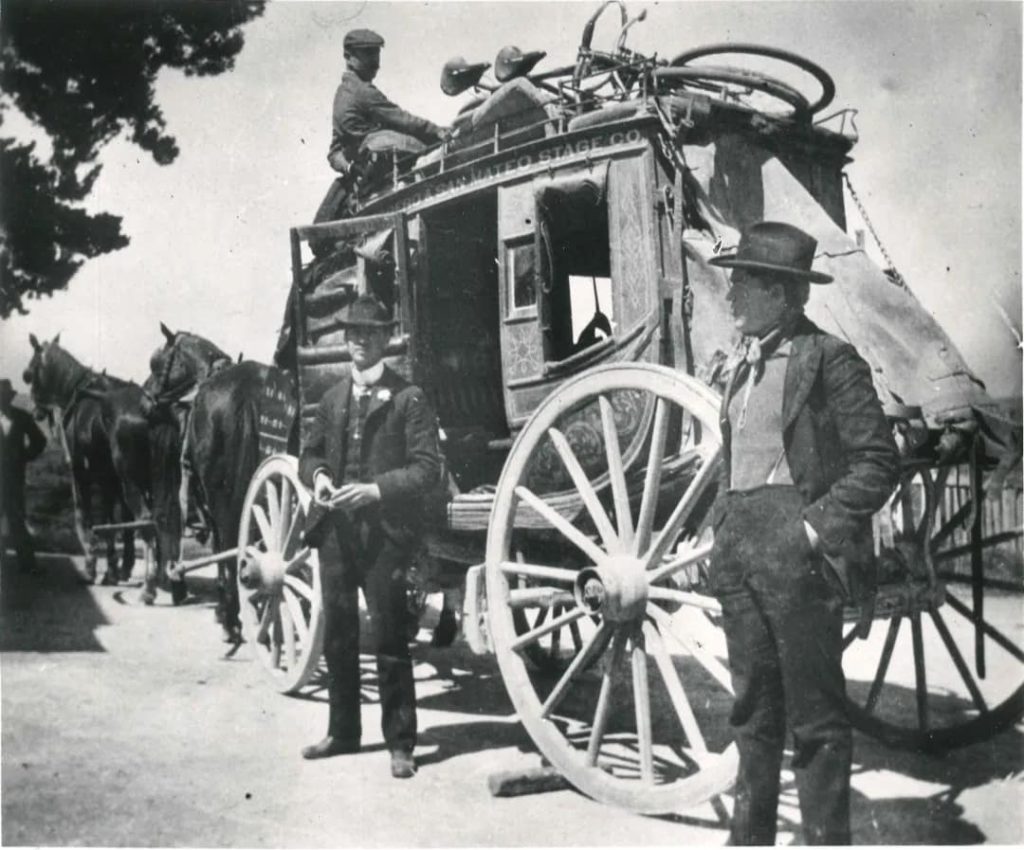
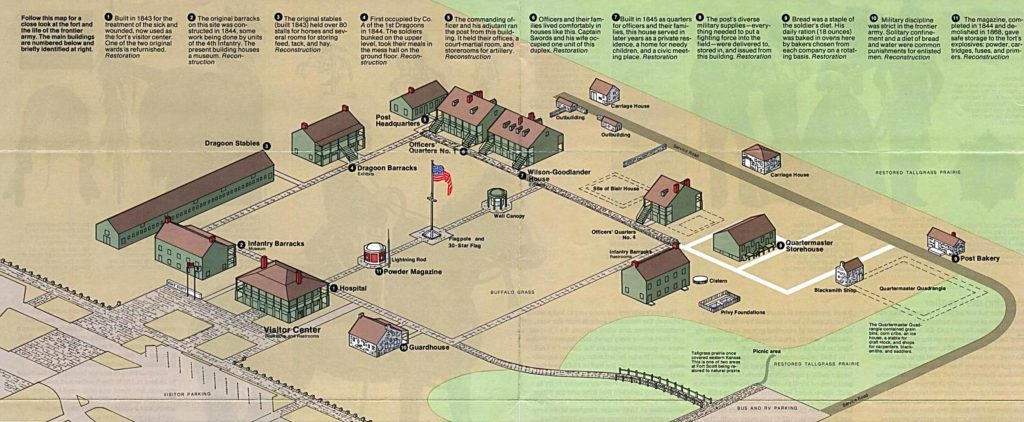
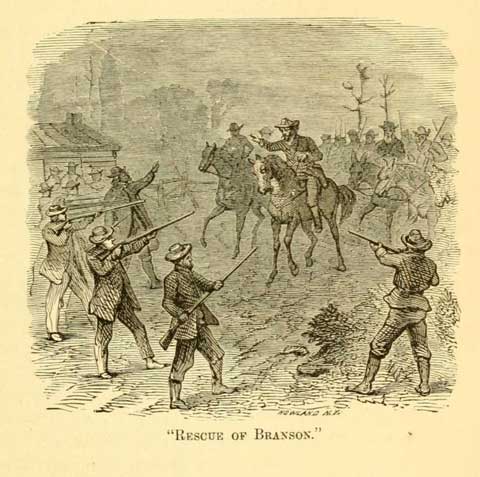
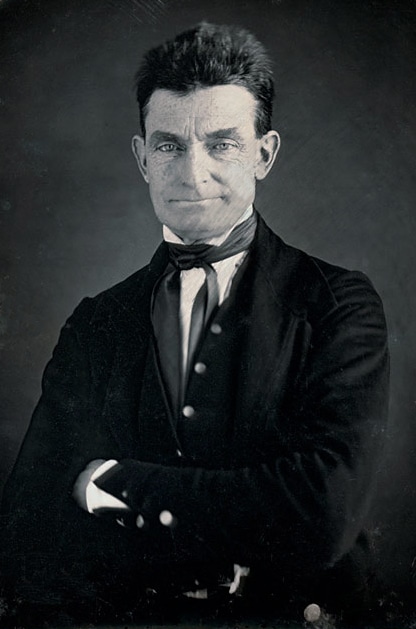
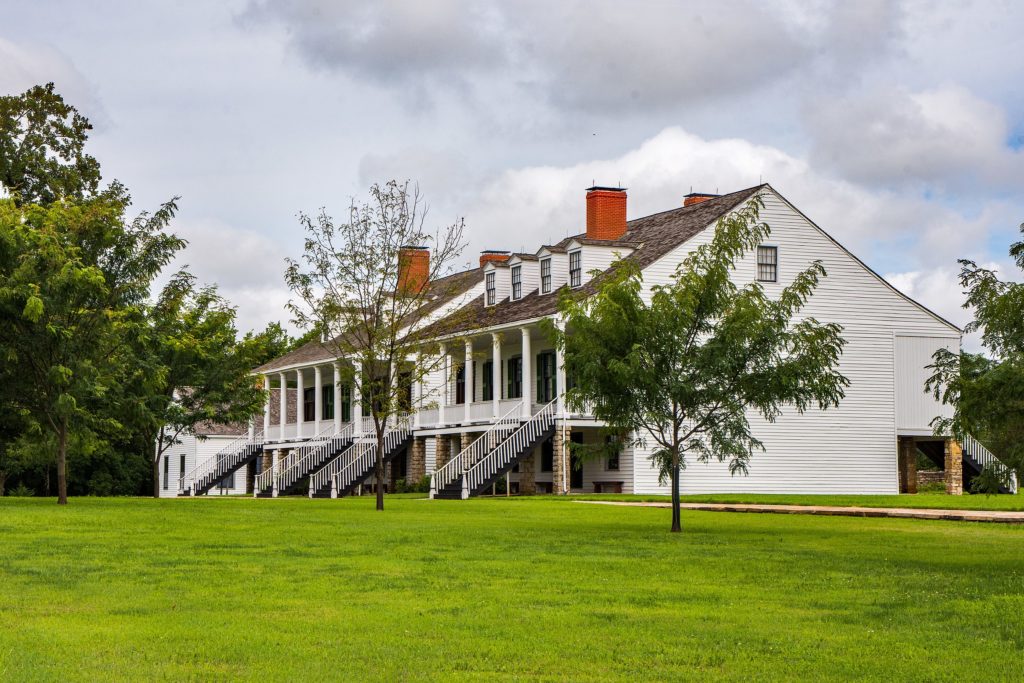
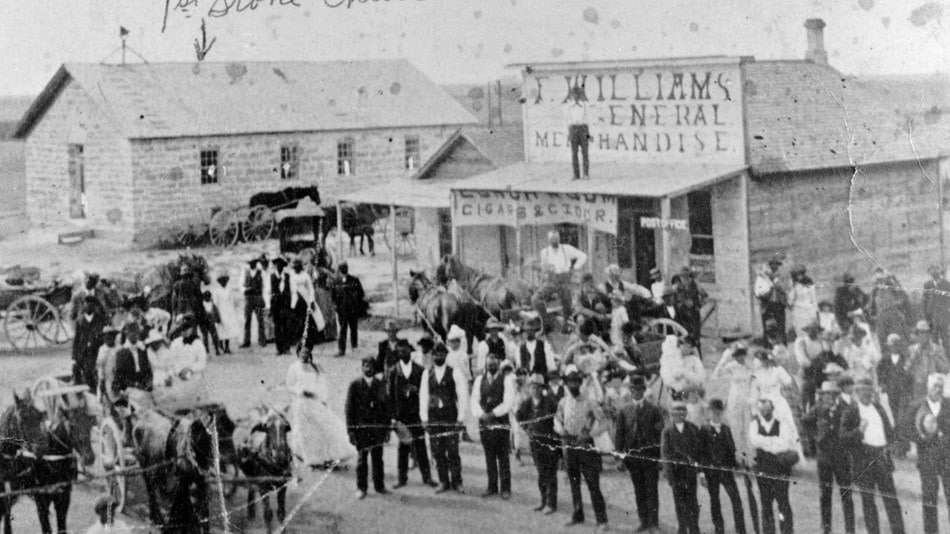
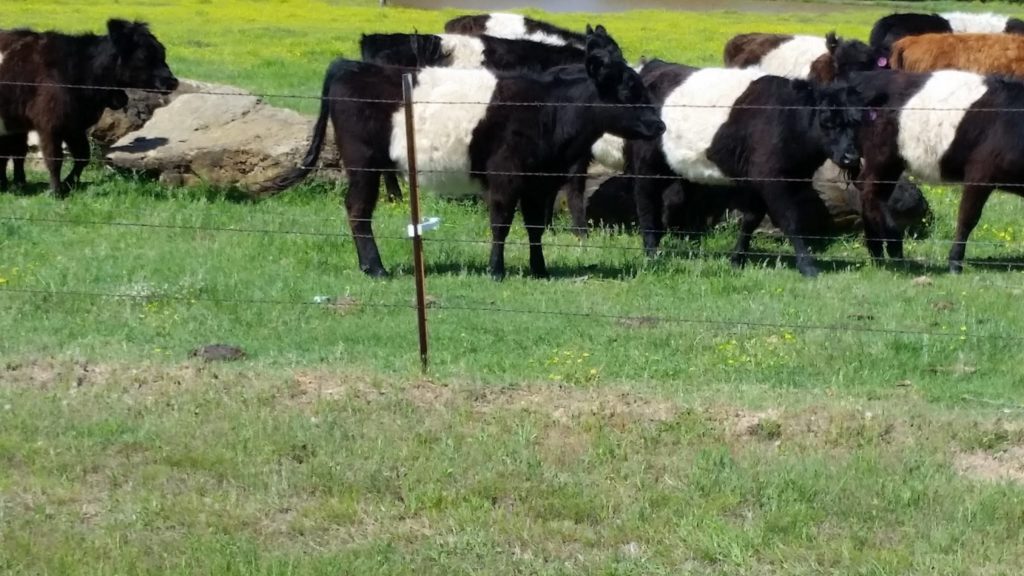

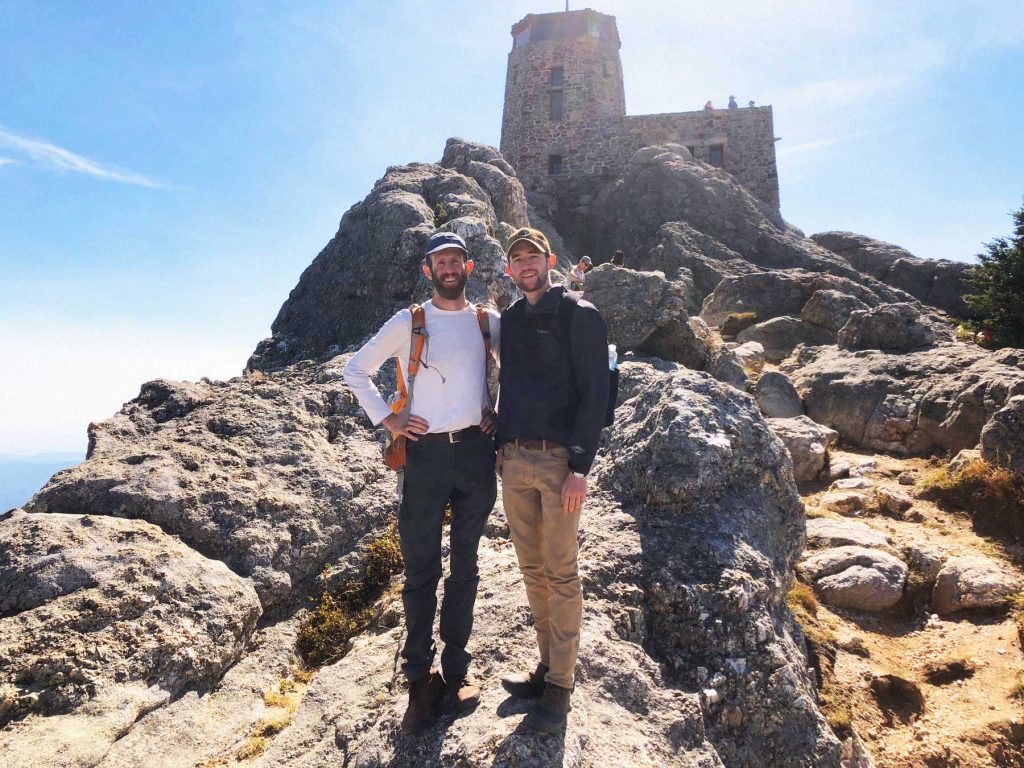

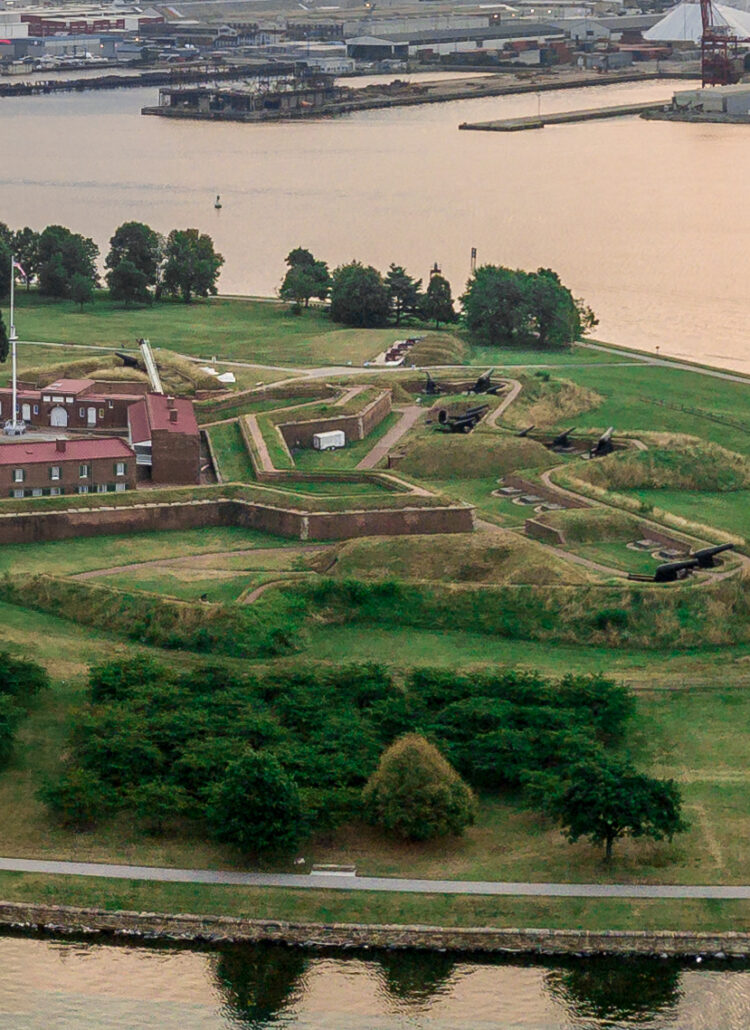
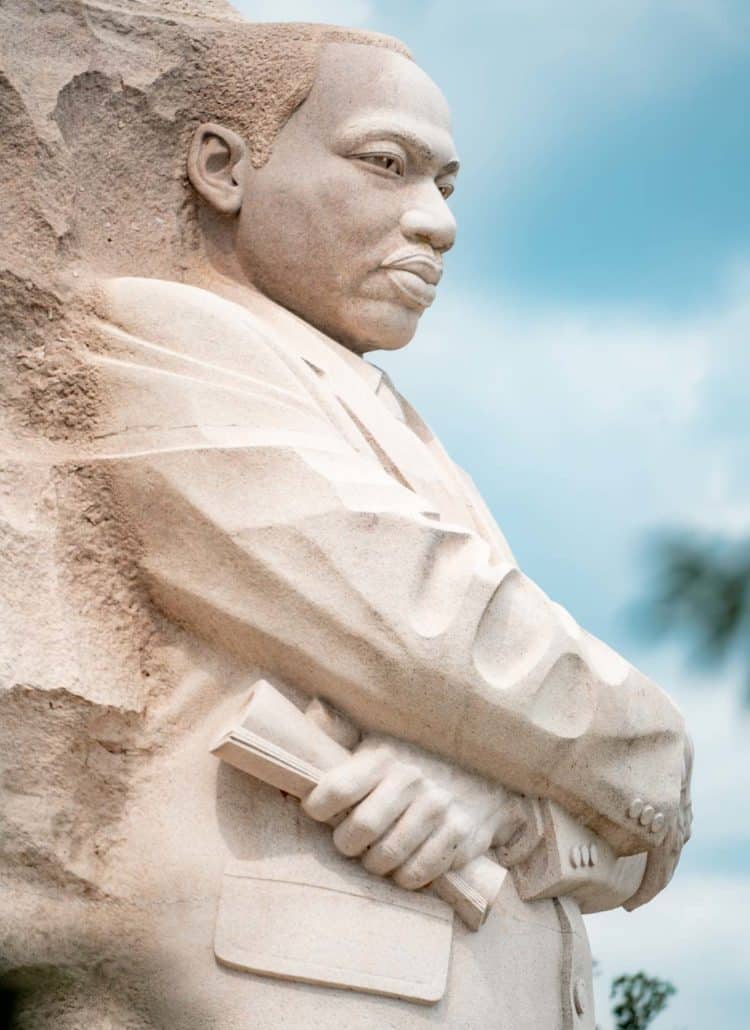
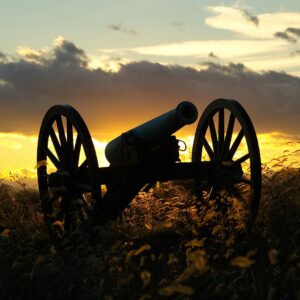

Leave a Reply